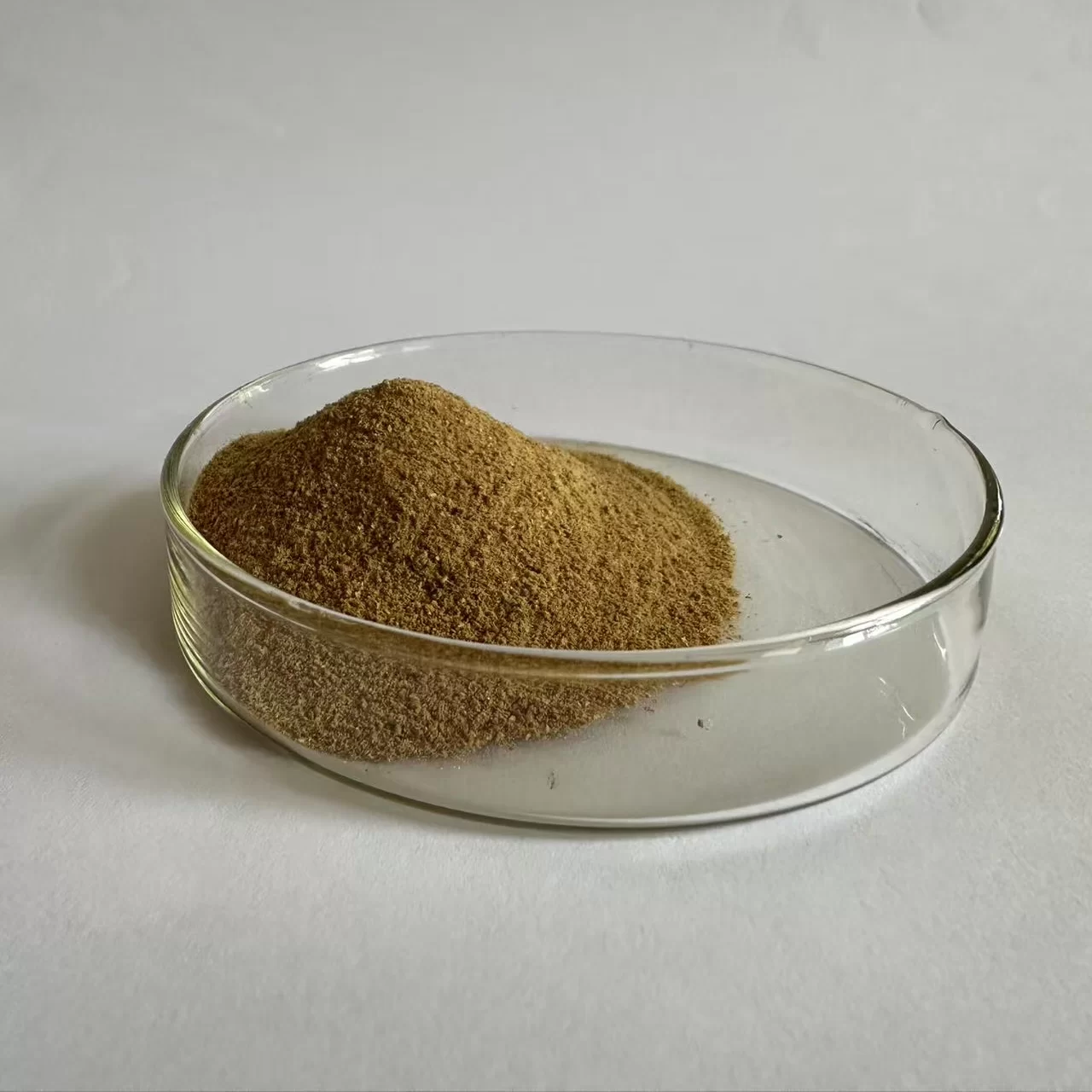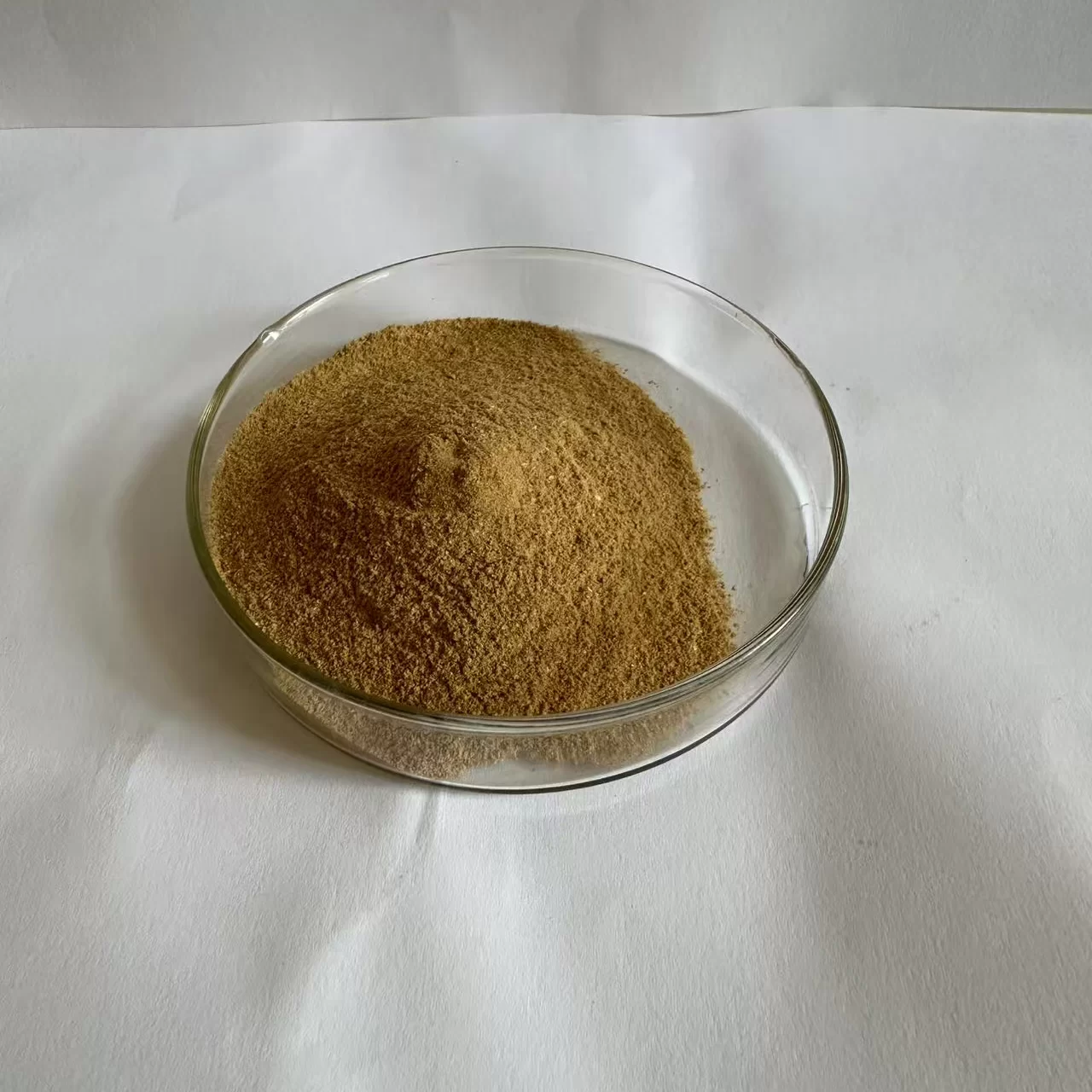Inside the new wave of industrial enzymes: where protease is quietly doing the heavy lifting
I first heard about
Protease for Leather, Detergent and Feed Applications
from a tannery manager who—half-joking—said it saved more hides than any new drum he’d bought in a decade. To be honest, that tracks. Enzymes don’t make headlines, but they make everything else better: faster processing, less chemical load, cleaner effluent. This one is produced in Han Village, Zhao County, Shijiazhuang City, Hebei Province, China, and it’s clearly built for cross-industry work.

What’s trending
Three currents are reshaping the field: enzymatic replacement of harsher chemicals (especially in leather bating and detergent proteolysis), tighter compliance scrutiny in feed, and, surprisingly, a return to fermentation-first processing in foods and beverages (think soy sauce and yeast extracts). The Protease for Leather, Detergent and Feed Applications slots right into that triangle—versatile dosage, broad pH window, and stable performance under industrial conditions.
Typical product specifications
| Enzyme type | Alkaline protease (Bacillus-derived), food/industrial grade options |
| Declared activity | ≈ 50,000–150,000 U/g (casein method, real-world use may vary) |
| Optimum pH / Temperature | pH 8.5–10.5; 45–60°C with Ca²⁺ stabilization |
| Forms | Powder, granulated, or liquid concentrate |
| Compliance | ISO 9001 systems; HALAL/KOSHER on request; FCC/JECFA-guided assays |
| Shelf life | 12 months at ≤25°C sealed; up to 24 months refrigerated |
Process flow (how it’s made and qualified)
Materials: Bacillus fermentation broth, plant-based nutrients, stabilizers (e.g., CaCl₂, sodium formate), filtration aids. Methods: submerged fermentation → microfiltration/ultrafiltration → concentration → spray drying or granulation (anti-dust coating for detergents) → blending. Testing: activity by casein/Folin (Anson) method; pH/thermal stability curves; heavy metals and microbial limits per FCC/JECFA; leather bating efficacy per IULTCS guidance; feed safety aligned with AAFCO terminology. Service life depends on storage; enzyme activity decays ≈1–3%/month at ambient conditions—refrigeration slows that down.

Where it’s used
- Leather: soaking/bating for cleaner grain; gentler dehairing; lower sulfide load.
- Detergents: protein stain removal in low-to-medium wash temps; compatible with builders.
- Feed: improves amino acid availability; often co-dosed with xylanase/phytase.
- Fermentation/foods: soy protein hydrolysis, yeast extract, beer/wine clarification aid, soy sauce proteolysis, rice wine and fruit juice processing.
- Baking: dough conditioning and flavor precursor release (light touch here).
Vendor snapshot (real-world buying factors)
| Vendor | Activity range | Customization | Lead time | Notes |
|---|---|---|---|---|
| Protease for Leather, Detergent and Feed Applications (Hebei) | ≈50k–150k U/g | Granulation size, stabilizers, label claims | 10–20 days ex-works | Strong fermentation depth; flexible packing |
| Generic import (broker) | 30k–80k U/g | Limited | Stock dependent | Price-first, mixed provenance |
| Blended reseller | Up to 120k U/g | Yes, via blends | 2–6 weeks | Good support; variable batch-to-batch |
Customization & dosing
Many customers say granulated, low-dust versions pay for themselves in detergent plants. For leather, I’d ask for a calcium-stabilized variant; for feed, look at heat-stable coatings (≈80–90°C pelletizing tolerance). Typical dosages: leather bating 0.05–0.2% owf; detergents 0.2–1.0 g/kg formulation; feed 50–200 g/ton—pilot trials are essential.
Mini case notes
- Tannery (South Asia): cut bating time ≈20% and lowered sulfide by ~30%; cleaner grain reported.
- Detergent plant (EU): swapped in Protease for Leather, Detergent and Feed Applications at lower dosage, same stain index at 40°C; dust exposure dropped after granulation switch.
- Feed mill (China): broiler FCR improved by ~2% with protease + xylanase stack; variability noted across corn lots.
Quality and certifications
Activity verified by casein/Folin; microbial limits per FCC; documentation packages often include ISO 9001 certificate, HALAL/KOSHER, and JECFA-aligned safety summary. For leather performance, IULTCS bating benchmarks are used; for feed, AAFCO naming and local registration apply.
Citations
- FAO/WHO JECFA. Evaluation of certain food enzyme preparations. https://www.fao.org/jecfa/
- USP. Food Chemicals Codex – Enzyme Preparations, General Tests & Assays. https://www.usp.org
- IULTCS. Official Methods for Leather Testing (bating/soaking guidance). https://iultcs.org
- ISO 9001:2015 Quality Management Systems. International Organization for Standardization. https://www.iso.org
- AAFCO Official Publication – Enzyme Definitions for Feed. https://www.aafco.org
Our team comprises seasoned manufacturing experts and international business professionals.dye auxiliaries Core team members possess 15-20 years of industry experience,textile auxiliary manufacturer with deep understanding of every production detail and sharp market insights.textile auxiliary agent Our professional teams include:R&D Team: Continuous innovation, leading industry development Production Management Team: Pursuing excellence,auxiliaries chemicals ensuring stable quality Quality Control Team: Strict supervision with zero-tolerance attitude International Business Team: Professional service with seamless communication.textile auxiliaries chemicals